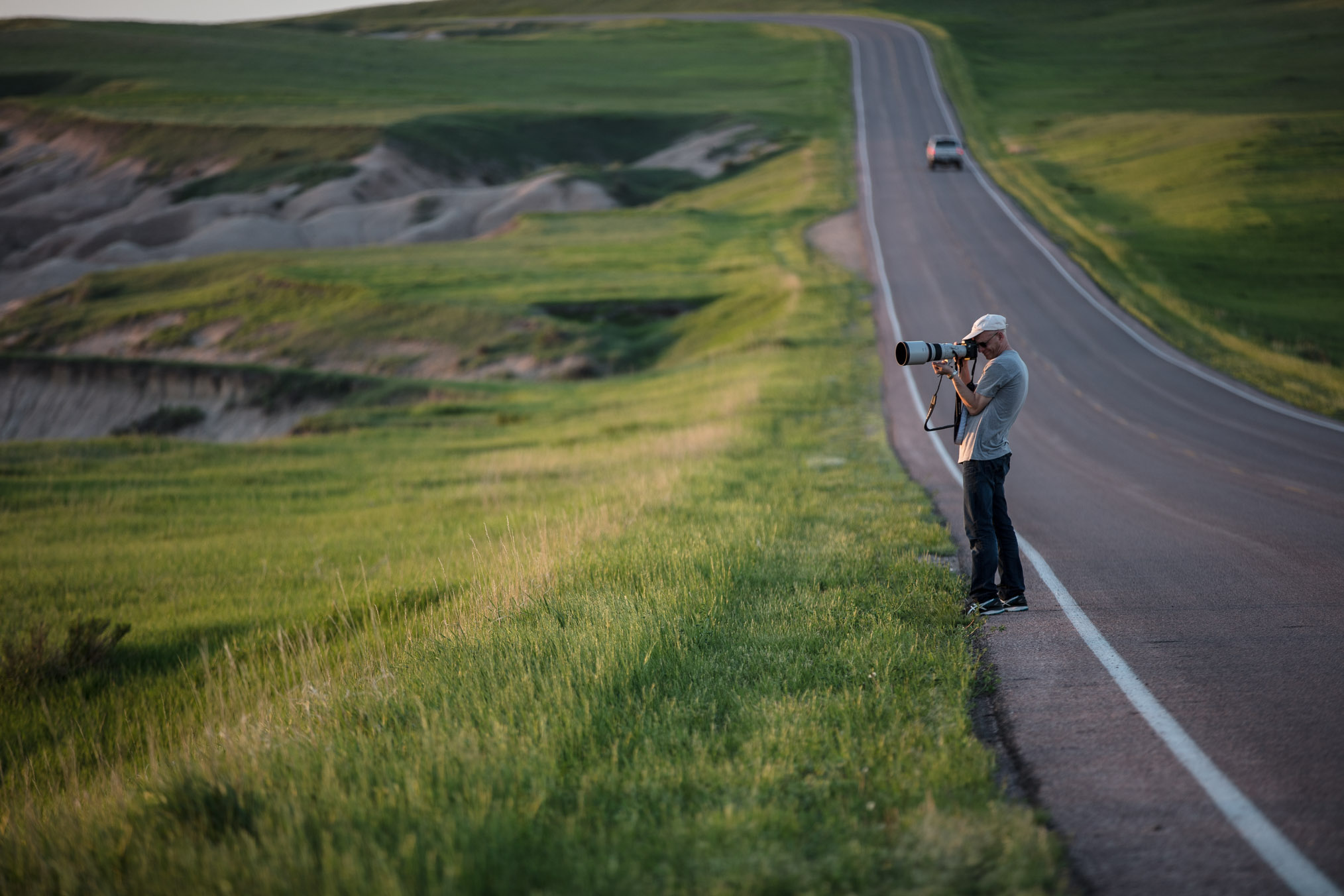In a world looking for answers to the ongoing crisis around plastic waste, David Saulnier and Joel German of JD Composites in Meteghan, Nova Scotia, have developed a creative, viable plan for keeping tons of plastic out of the world’s oceans.
I read so much disheartening news about the impact of plastic on the environment that I was delighted by the opportunity to meet Saulnier and German — who had not only the innovation to devise a potential solution, but also the passion, skill, and drive to execute their idea flawlessly.
I recently visited Nova Scotia, and while dining in the town of Meteghan, a server suggested that I should visit the “plastic bottle house,” recently built nearby and the only one of its kind in the world. Intrigued but unsure what to expect, I drove over and was pleasantly surprised to meet co-owner and designer David Saulnier, who was there with his family and graciously offered me a personal tour.
Situated mere feet from the breathtaking tides of the Bay of Fundy and constructed using more than 600,000 recycled plastic bottles, the first thing I noticed was the home’s sleek, modern construction with elements drawn from the the designs of Frank Lloyd Wright. The structure is clad in metal and obviously sturdy, yet maintains its aesthetic appeal. Driving through Maritime Canada, one can’t help but notice the stately Victorian sea captains’ homes that have stood the test of time for generations, but the designers of this home haven’t looked to the past for inspiration, but rather to the future. Indeed, a spark of genius was lit in a remote and unsuspecting place.
Saulnier and German have created a process in which bottles are shredded, melted down, and infused with gas to form panels that are practically indestructible. The panels form the walls and roof, and are so strong that no deflection was detected during extreme wind tunnel testing with wind speeds equivalent to twice that of a category five hurricane — impressive considering that the walls are only six inches thick.
Other benefits of the innovative method include significant energy savings, impermeability to water, enhanced noise insulation, and low maintenance. But the greatest thing about the newfound design is the removal of plastics from the environment, thereby transforming a product with a negative impact into a positive outcome. In addition, the home can be assembled much more quickly than using traditional methods.
The home is no one-off project, however. Speaking with passion in his voice and with a vision toward the future, Saulnier talked about other potential uses given the tightness of the structure and the ability to rapidly assemble the panels in days rather than months. Included are sheds and outbuildings, quickly deployed and assembled shelters during natural disasters and other emergencies, and clean air rooms for medical use.
Given the challenges facing our environment today, it was humbling and inspiring to see an idea developed into a solution that may have so wide an impact. By my calculations, Saulnier and German, with just their first structure using the new technique, have kept more than 13,000 pounds (5900 kg) of plastic out of the world’s oceans. It doesn’t take a mathematician to appreciate the potentially world-changing impact that David Saulnier and Joel German have made possible.







